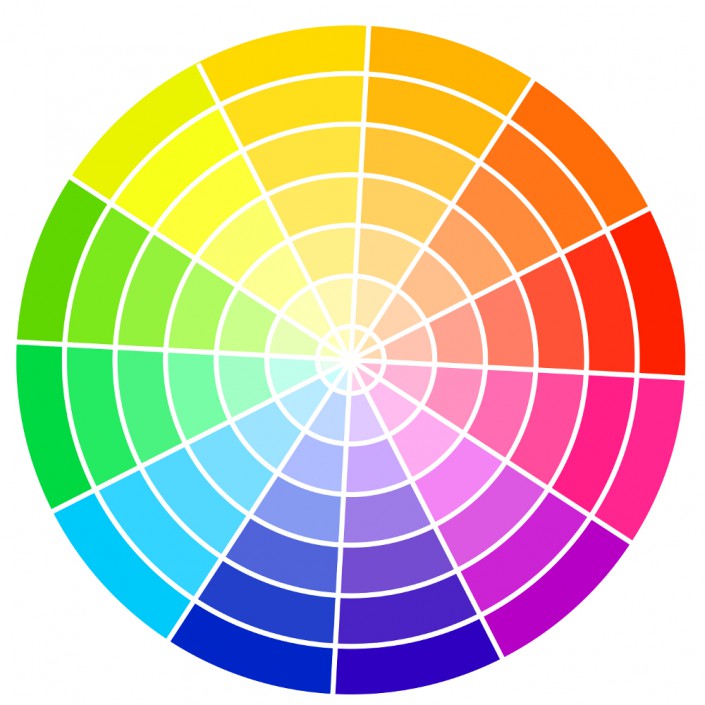Want to Do Your Own Company Branding? Understand the Color Wheel First...
Company branding is so much more than your colors and logo, but choosing colors to represent you and your company's image is usually where most people start in the branding process. There's no shame in choosing your own brand colors yourself instead of hiring a designer - but it's not exactly simple. The most important thing to keep in mind when creating your branding color palette is the type of color relationships that will be at work in your visual content.
Let's dive in with an explanation of the color wheel and how it can help narrow down your color choices.

A color wheel consists of colors with the following distinctions: primary, secondary, tertiary, complementary, and analogous.
How does this help you? Look at the picture of the color wheel that I have included. You probably have an idea already of at least one color to use in your branding efforts, so find that color/hue on the wheel. Now look at the four colors next to it. Those are analogous colors that will look appealing when used together. Or find your first color and look at the color directly opposite. Those are complementary colors which will also be appealing together.
Once you make a decision on colors, the online color wheels will show you the HEX and RGB codes for each color. Write those down on a notecard or post it note so you use those colors consistently with your website, social media pages, and products without having to look them up numerous times.
As the famous artist Marc Chagall once said, "All colors are the friends of their neighbors and the lovers of their opposites," and this is certainly obvious when looking at the color wheel itself. Choosing complementary or analogous colors in a family that represents you and the image you want to portray is the first step toward branding your company.
If you need assistance with choosing colors for your brand palette or additional branding support, schedule a FREE "DISCOVERY" call (under the Schedule Now menu) or send an email to doug@dougmattice.com.